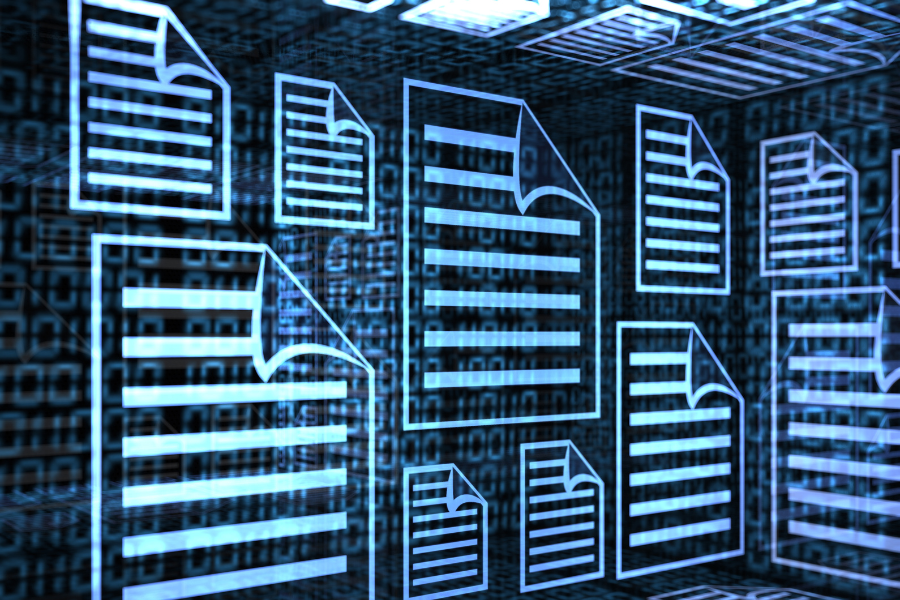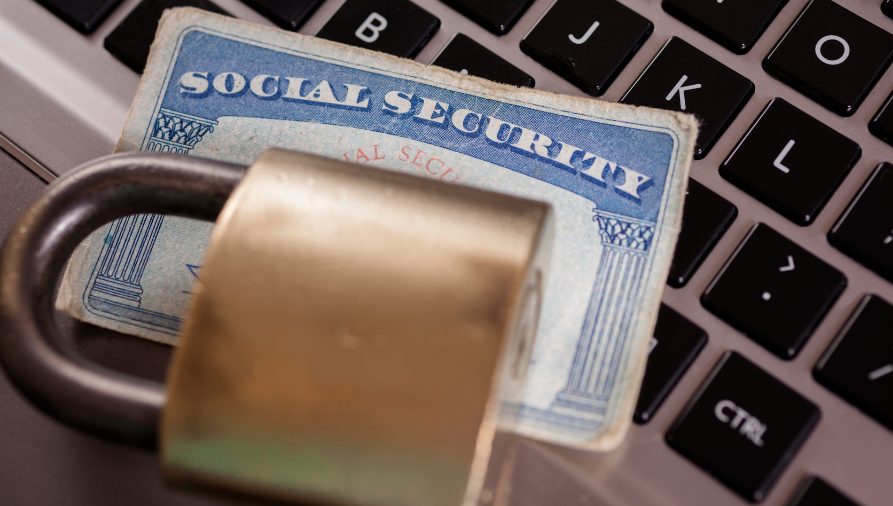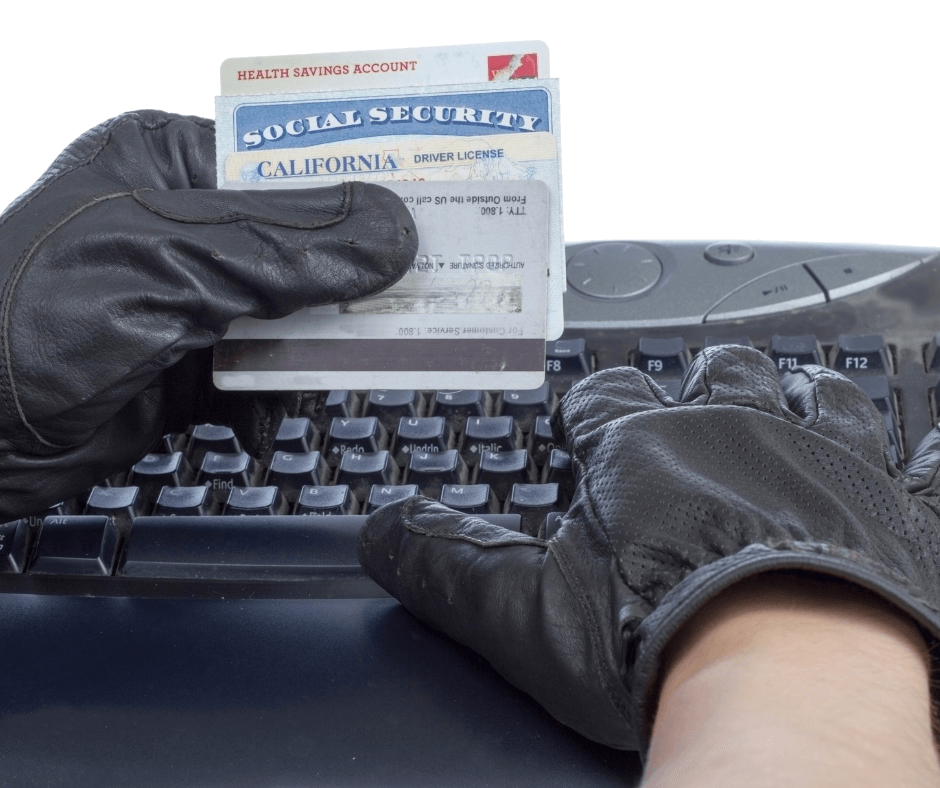LADMFLimited Access Death Master File
CampusGuard is your partner throughout the entire process of gaining access to the Death Master File (DMF)

Achieve Your Certification
The Death Master File contains sensitive information that cannot be disclosed during the three-year period following an individual’s death without the requesting entity (e.g., medical research university, hospital) having completed a certification process. This certification process confirms that “the entity has systems, facilities, and procedures in place to safeguard the accessed information, and experience in maintaining the confidentiality, security, and appropriate use of the accessed information.”
LADMF Assessment Steps
Uses for the Death Master File
Having access to the DMF holds many potential benefits. Depending on the industry, these benefits could include:
-
Limiting Fraud
The ability to check Social Security Numbers (SSNs) through a database can help your organization prevent any impacts related to identity theft. -
Maintain Accurate Customer Records
Access to the DMF will help your organization stay up-to-date on customer records significant to your business. -
Identify Payment Obligations
If a customer is deceased, access to the DMF will help your organization identify it and allow you to take the next step in collecting those payments. -
Recognize Abandoned Property
Organizations with a responsibility to property can use the DMF to alert them when that property is no longer occupied. -
Meet Regulations
Any rules or regulations related to customer information can be improved with access to the DMF. -
Measure Financial Impacts
If your organization is incurring a financial loss due to the death of a customer, you will be able to measure that impact.

Why Choose CampusGuard?
The CampusGuard team will provide strategic advice on regulatory applicability, questions of program implementation, assistance in the application of specific security documentation, and detailed assessment and validation of implemented security controls to ensure appropriate protections are in place. We are with you through the entire process of certification.
Related Products and Services
An Extension of Your Team
No matter where you are in the process of gaining access to the DMF, CampusGuard can offer support through the point of certification.
Top LADMF Frequently Asked Questions
The Limited Access Death Master File (LADMF) is a database maintained by the United States Social Security Administration (SSA) that contains information about deceased individuals in the US. The data in the LADMF comes from the SSA's Numident file, which is a master file of all social security numbers issued by the agency.
The LADMF includes the full name, social security number, date of birth, and date of death of individuals who have died and whose death has been reported to the SSA.
Access to the LADMF is restricted by law to certain authorized entities, such as government agencies, financial institutions, and insurance companies, who must comply with strict security and privacy regulations. Unauthorized access to the LADMF or misuse of the data can result in severe penalties, including fines and imprisonment.
The purpose of the LADMF is to provide access to death information for legitimate business purposes, such as preventing identity fraud, verifying death claims for insurance and pension benefits, and conducting research.
Access to the Death Master File (DMF) is restricted by law to certain authorized entities. These authorized entities are primarily businesses and government agencies that have a legitimate need for the data to prevent fraud, conduct research, or process benefit claims.
The following are examples of entities that are authorized to access the DMF:
- Federal and state agencies: Federal and state agencies, including law enforcement agencies and other government entities, can access the DMF for official use.
- Insurance companies: Insurance companies can access the DMF to verify the death of policyholders and prevent fraud.
- Financial institutions: Financial institutions, including banks and credit card companies, can access the DMF to prevent identity fraud and verify the death of account holders.
- Genealogy researchers: Genealogy researchers can access the DMF to conduct research on family history and ancestry.
- Medical researchers: Medical researchers can access the DMF to conduct research on mortality and morbidity.
It's important to note that access to the DMF is strictly regulated, and users must comply with strict security and privacy regulations to protect the confidentiality of the data. Unauthorized access to the DMF or misuse of the data can result in severe penalties, including fines and imprisonment.
The Death Master File (DMF) is updated on a weekly basis by the United States Social Security Administration (SSA). The SSA receives death reports from multiple sources, including state vital statistics offices, funeral homes, and family members. Once the death of an individual is confirmed, their information is added to the SSA's Numident file, which is the master file of all social security numbers issued by the agency. The Numident file is then used to update the DMF.
Identify Theft – Protecting Your Personal Information
Identity theft is a daily concern for most of us. Did you know that every two seconds another person in the United States falls victim to identity fraud?
Read More about the Identify Theft – Protecting Your Personal Information
